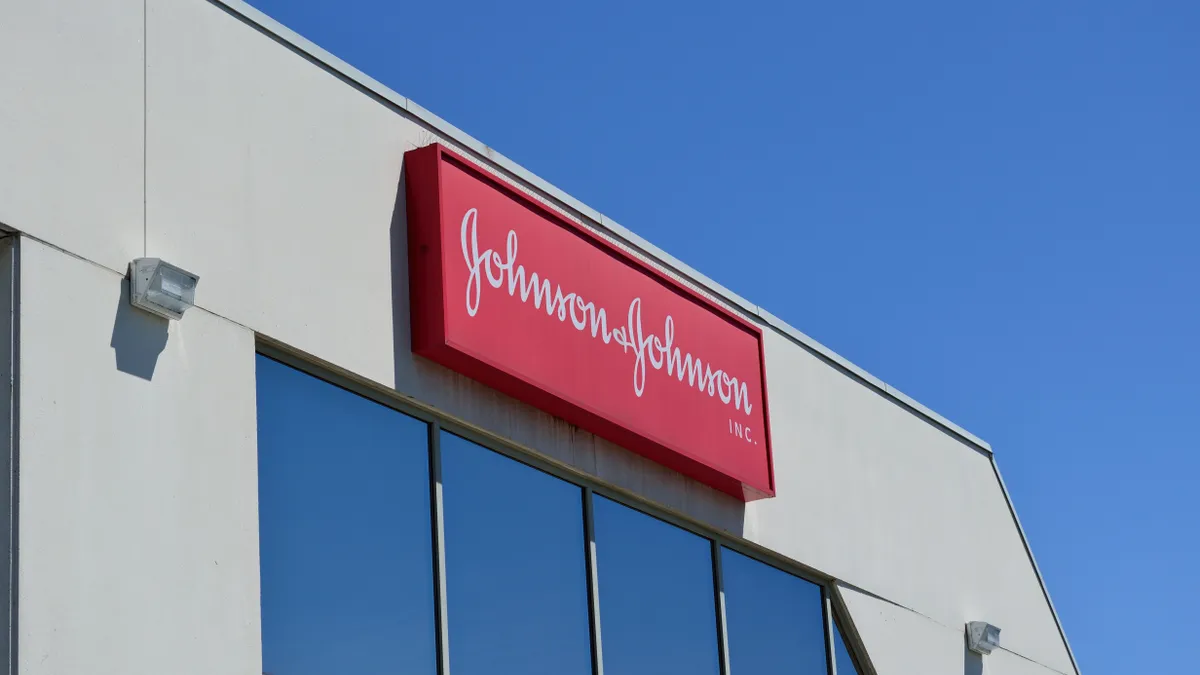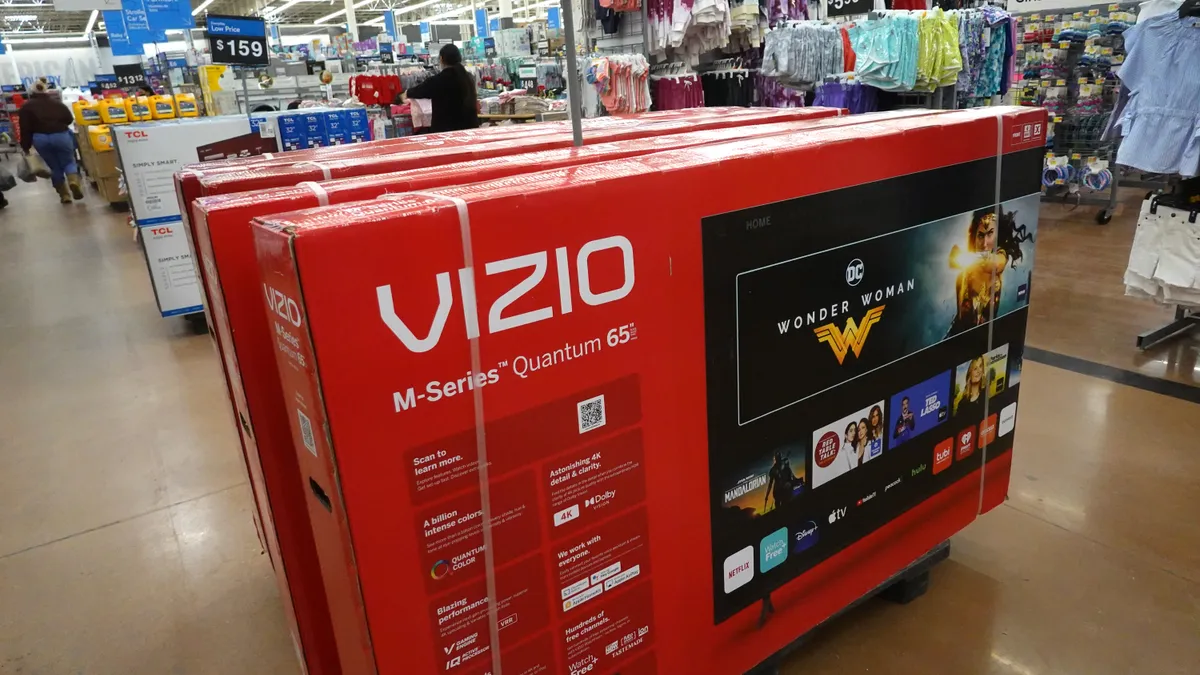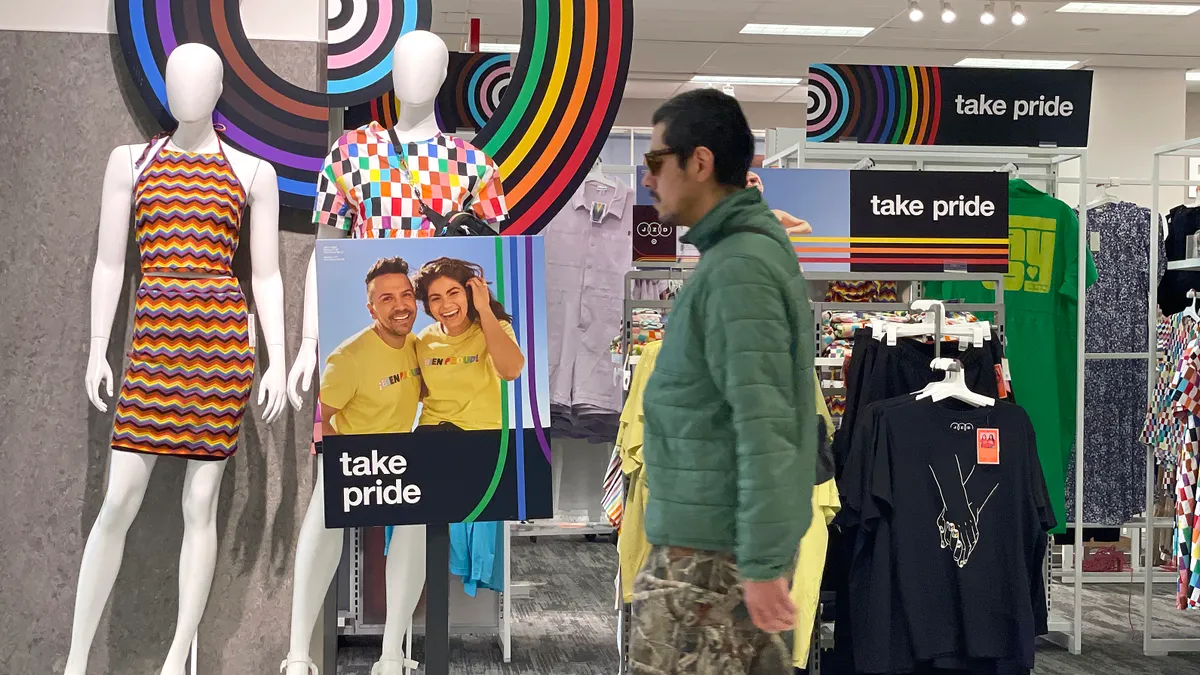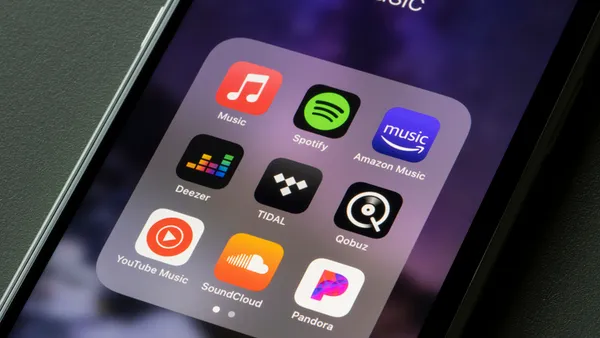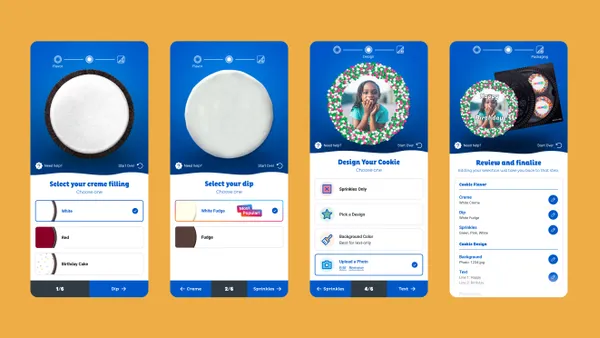Dive Brief:
- Johnson & Johnson's consumer division parted ways with CMO Alison Lewis amid a cost-cutting push and other managerial changes. She was the first person to have the CMO role at the company, which doesn't have any plans to replace her and will divide responsibilities among other managers, a spokesperson told Adweek.
- Lewis's move follows the departures of other executives including her former boss, Jorge Mesquita, the former worldwide chairman of J&J's consumer division. Jeff B. Smith, the group's former group chairman for North America, left after 29 years to start Paragon Vitamins, a direct-to-consumer marketer that sells personalized supplements, Ad Age reported.
- Lewis joined J&J in 2013 after working as Coca-Cola's head marketer for North America, where she oversaw $600 million in U.S. ad spending. While at J&J, she helped to reorganize its marketing teams into smaller "squads" of no more than 10 people and to relaunch the company's Baby brand last year, per Ad Age. J&J's consumer brands include Neutrogena, Aveeno and Tylenol.
Dive Insight:
With Lewis's departure, J&J is losing a visible agent for change who worked to boost operational efficiencies and recently appeared at a YouTube marketing event to discuss the company's stellar results from campaigns created for the video-sharing platform. The news comes as companies reinvent or even eliminate the CMO role amid pressures to cut marketing costs, adapt to rapid changes in technology and drive sales growth among consumers who have instant access to in-depth information about products and services. CMOs may be easy targets when companies don't meet their sales goals or seek greater operational efficiencies, as evidence by recent Spencer Stuart research showing the average tenure for CMOs fell from 44 months to 43 months last year — far shorter than other key appointments in the C-suite.
There have a number of key CMO departures so far this year. Unilever's former CMO, Keith Weed, retired last month and it's not clear if the company will replace him or eliminate the job. Ride-hailing companies Uber and Lyft this year discarded their CMOs amid restructurings. Kraft Heinz's CMO and global brand officer, Eduardo Luz, is retiring this month, but the company is said to be searching for a replacement. Hyatt Hotels in early 2018 removed its global CMO position and created a new chief commercial officer role to combine marketing with customer engagement functions. Coca-Cola may have heralded a trend two years ago when it eliminated its global CMO title with the retirement of longtime marketer Marcos de Quinto and created a new role of chief growth officer (CGO).
An emphasis on growth over traditional marketing titles is a byproduct of the digital era, as marketers face pressure to become stewards of data, technology and demand generation while building a brand. Unfortunately, CMOs are in a creative rut that is hurting the value of their brands as they offer digital customer experiences that all look and feel the same, according to Forrester Research. The firm recommended that brands shift $19 billion earmarked for some technologies — such as mobile, social media and ad tech — to more creative efforts in order to see $10 billion more in ROI over the next six years. Forrester cited Kraft Heinz as an example of a company that underinvested in its brands, leading to a shocking $15.4 billion write-down of its Kraft and Oscar Mayer brands.
Meanwhile, CPG brands need to contend with ecommerce disrupters like Amazon and nimble direct-to-consumer (DTC) upstarts like Dirty Lemon, Harry's and Madison Reed that have developed innovative, data-driven marketing strategies to drive surging sales growth. Amazon has about 40% of the U.S. ecommerce market and has created its own private-label brands to undercut the prices of name brands in dozens of product categories. Amazon and search engine Google have empowered consumers with a virtual treasure trove of information about products and prices, along with user-generated reviews. The smartphone era has made that information instantly available to shoppers wherever they are, including store aisles. The digital ad market is also going through a period of upheaval as retailers like Amazon and Walmart start selling ads, and digital ad giants like Facebook and Google push back with their own ecommerce efforts. These disruptions will continue to challenge marketers as they aim to lift awareness, foster brand loyalty and boost growth.


